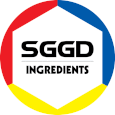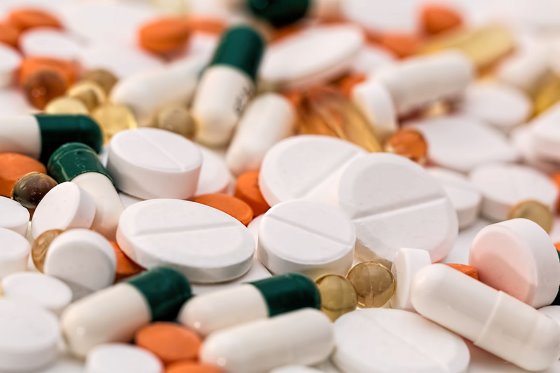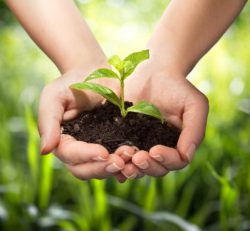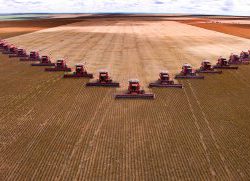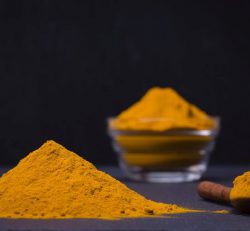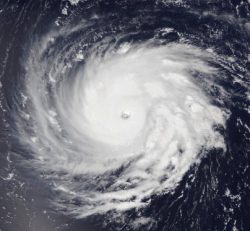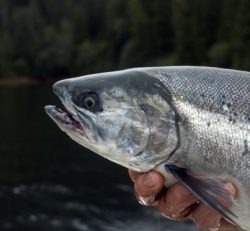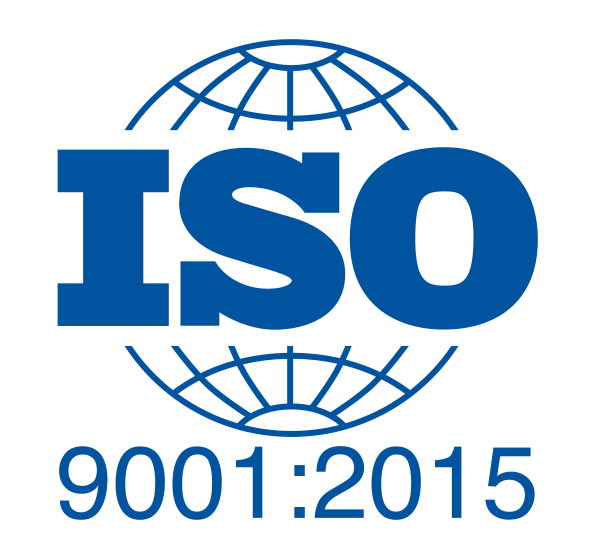THIS WEEK IS WORLD ANTIBIOTIC AWARENESS WEEK
This week is World Antibiotic Awareness Week. We have selected the top 5 articles about antibiotic reduction in livestock.
Each November, World Antibiotic Awareness Week (WAAW) aims to increase global awareness of antibiotic resistance (AMR) and to encourage best practices among the general public, health workers and policy makers to avoid the further emergence and spread of antibiotic resistance. This year, the WAAV is between 12-18 November.
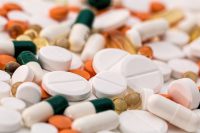
Since their discovery, antibiotics have served as the cornerstone of modern medicine. However, the persistent overuse and misuse of antibiotics in human and animal health have encouraged the emergence and spread of AMR. Photo: PXhere
Reduction on global level
Since their discovery, antibiotics have served as the cornerstone of modern medicine. However, the persistent overuse and misuse of antibiotics in human and animal health have encouraged the emergence and spread of AMR, which occurs when microbes, such as bacteria, become resistant to the drugs used to treat them. On a global level, huge efforts are made to reduce the preventive and unnecessary use of antimicrobials. In animal farming, the use of natural solutions such as phytogenic feed additives, has therefore become very popular.
Promising solutions for animals
All About Feed has been reporting on antibiotic reduction for many years. A few of the best read articles are selected here.
1. Antibiotic reduction means cultural change
Going for antibiotic reduction or antibiotic free, a cultural change must be enforced, and more importantly, this change has to be embraced. He further added that this entails that technology and innovation has to be implemented. Also communication and transparency to the consumers is very important. This was stated by president of animal nutrition company Kemin, Chris Nelson. The event gave several experts the floor to share their opinion on what is needed to further reduce antibiotics. Read the full article here.
2. Antimicrobial resistance is not new at all
At another event, organised by Amlan International, Dr Margie Lee addressed that linking antimicrobial resistance with antibiotic use in animals is not that easy. She highlighted that antimicrobial resistance (AMR) is not a new thing, but occurring in nature for thousands or even millions of years. This is because antimicrobial compounds are part of nature. When fungi produce mycotoxins for example, the intermediate products released have antimicrobial activity. This is why ancient Chinese medicine reports on treating infections with a fungus grown on soybeans. Where there are antimicrobials, bacteria become resistant. Read the full article here.
3. The next big thing is No Antibiotics Ever
Antibiotic reduction is one thing, but large poultry producers in the US are moving to No Antibiotics Ever. This means that all animals, from hatchery or birth, till slaughter are not treated with any antibiotics. This term is really taking off in the United States, explained by Mike Leventini from Perdue Foods, one of the biggest poultry producers in the US. Perdue has NAE birds as of 2017. We talked to Mike about this move and why it wasn’t very difficult according to him. Read the full article here.
4. The promising effects of plant extracts
Phytogenic feed additives (PFAs) or plant extracts are mainly used by the feed industry for their antimicrobial and digestibility enhancement effect and are often seen as one of the most promising feed additives to ‘replace’ antimicrobials. The use of these products seem to be very high in the Asia Pacific region, according to a survey done under veterinarians, nutritionists and scientists. Read the full article here.
5. Using quorum sensing technology
The first reaction to cure an infection is to kill the bacteria that cause it. But there is a growing group of experts who believe that killing is not per se the right way. The mode of action of antibiotics (antimicrobials) is killing the bacteria and the risk of this is that some may survive, become stronger and less susceptible. A new way of targeting the bad bacteria is to interfere with the communication system between the pathogenic bacteria to make them less virulent. This is called quorum sensing technology. Read the full article here.
